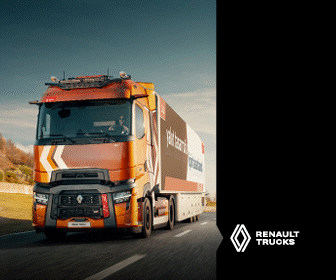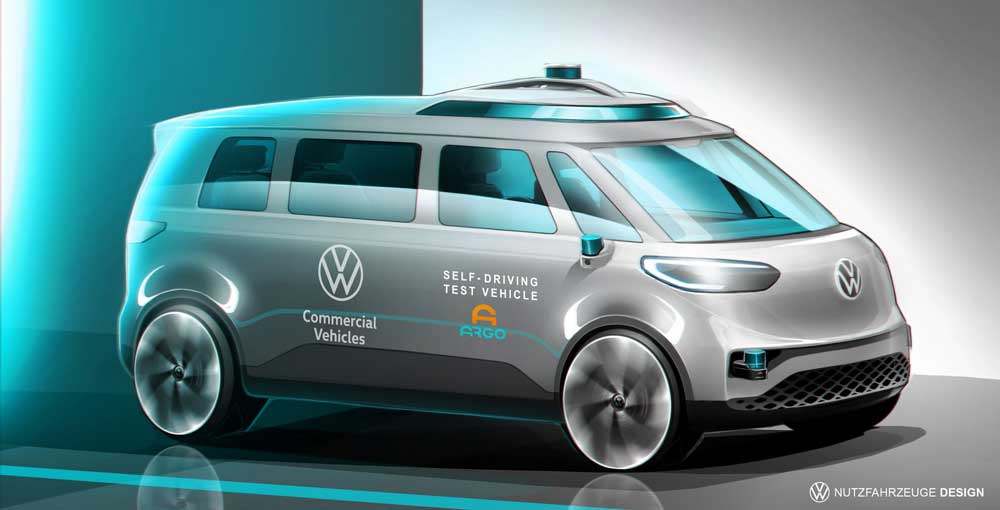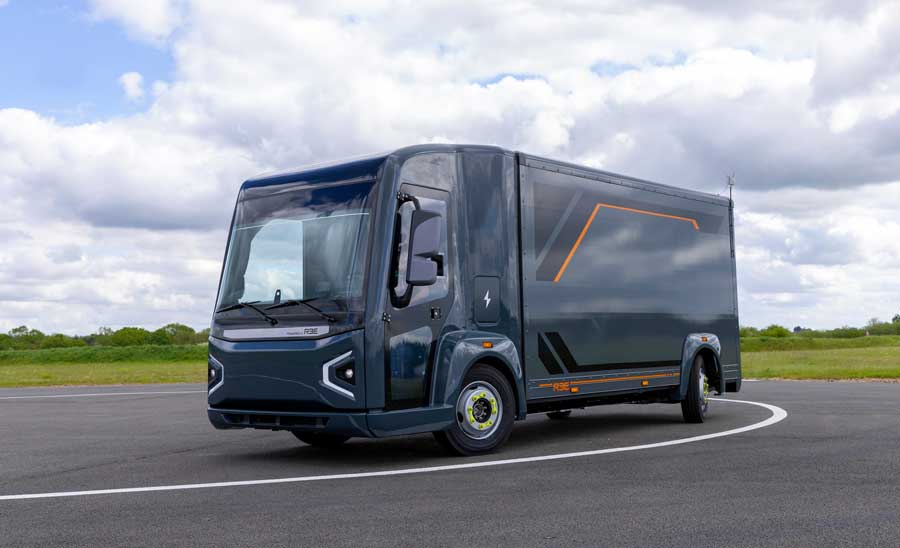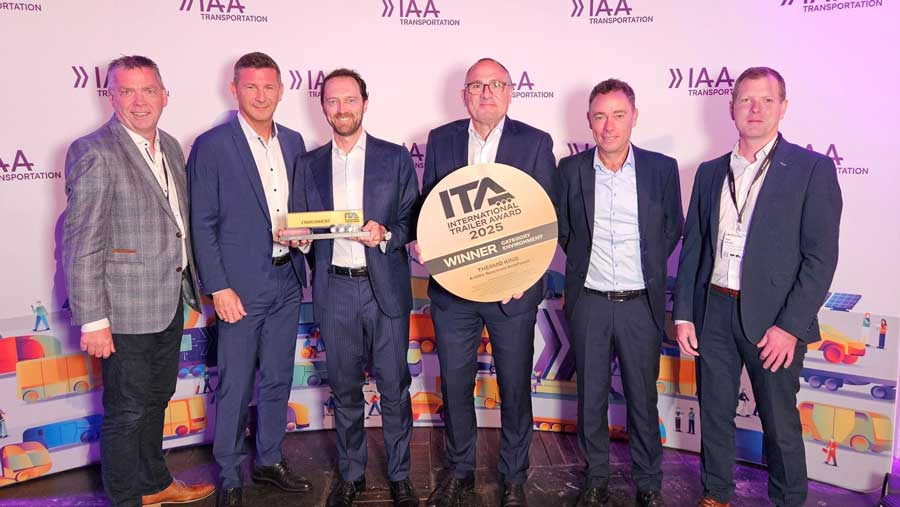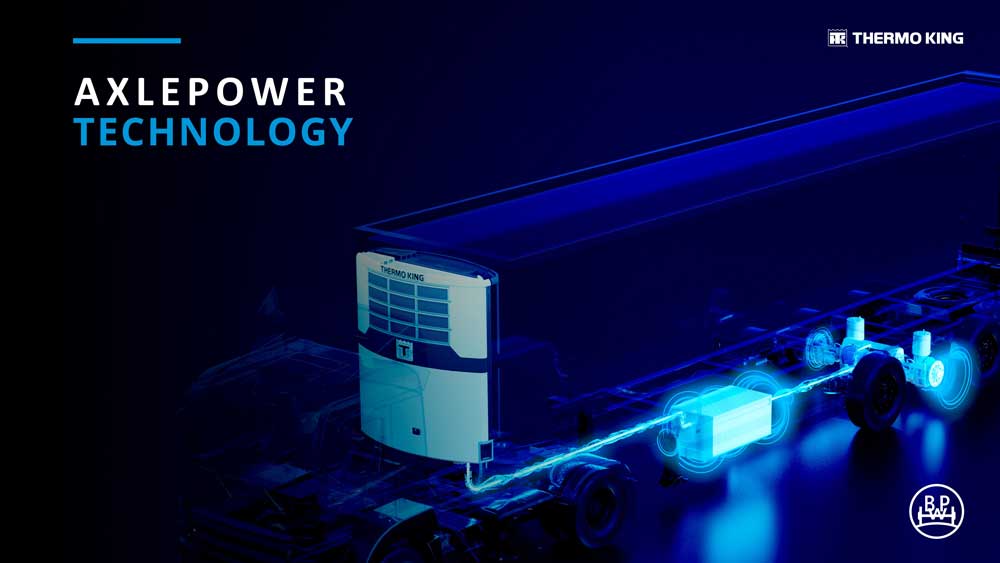The pandemic years brought record revenues from air cargo. With supply limited due to the grounding of passenger planes, and demand up thanks to booming ecommerce, prices per cargo kilogram soared. According to TAC Yields figures from the Trade and Transport Group, in 2019 air cargo from Hong Kong to North America cost $3.80/kg while the price from Europe to North America was $2.10/kg. By 2022, these same services cost $9.00/kg and $4.50/kg respectively.
Unsurprisingly, this situation transformed the position of air cargo providers. Cargo revenue more than doubled from $100 billion in 2019 up to $210 in 2021 (these are the IATA’s figures) while passenger revenue plummeted from $607 billion annually down to $239 billion. Cargolux‘s annual revenue grew from $2.2 billion to $5.1 billion over the course of the pandemic, and Silkway more than doubled its revenue and saw its margin transform from -10% to +30%. These huge gains, plus the long-term potential of ecommerce (which has led Airbus and Boeing to make optimistic forecasts for growth in air cargo), led many airlines to focus more on cargo.
However, increased belly capacity has led cargo prices to drop steeply once more. The IATA forecasts that year-on-year cargo yield will fall by 28.6% this year. This means air cargo, a notoriously cyclical sector, is once again entering a period of turbulence. This is the context in which airlines are deciding whether to purchase new freight planes.
New freighters vs passenger-to-freighter conversions
Airlines and air cargo providers are pursuing different strategies when it comes to building up their freighter fleets. According to KPMG’s latest report, last year, 35 orders were made for new 777-200F aircraft, 33 were made for new 777-8Fs, and 20 providers bought new A350Fs. These orders were made by both dedicated air cargo providers (Cargolux, Silkway West, DHL, FedEx) and airlines (Lufthansa Cargo, Qatar, Air Canada, China Airlines, EVA, Air France, Etihad, SIA and Western Global). Meanwhile, annual passenger-to-freighter (P-to-F) conversions have reached historic highs with volume estimated to peak at 180 per year by 2025, and then settle at around 160 aircraft per year. This compares to 70 units per year before the COVID-19 pandemic.
A number of factors are affecting the choice of purchasing either new freighters or P-to-F conversions. Naturally, cost is a major one, taking into account variables like total order number, fuel burn and maintenance as well as the upfront production costs. Production lead times is another key factor, as is cargo volume and flexibility.
Factor 1: Leasing Costs
There is a massive difference in the baseline costs for new versus converter freighters. The upfront price for a brand new 777-200F or A350F is roughly $170 to $185 million, or a monthly lease rate of between $1.2 and $1.3 million. Looking at the order book of those who made purchases last year, the majority of these airlines have a significant amount of these types of aircraft in their fleet, particularly the combination carriers. In these cases, it is highly likely that the actual purchase cost was much lower than the $170 to $185 million range. Positive economies of scale will also be a factor in keeping costs down for these airlines. Nevertheless, despite these savings they will still be looking at monthly lease rates of $1 million.
By contrast, leasing a 777-300 P-to-F conversion will cost $0.6 million per month, or roughly $65 million to purchase outright. This aircraft is likely to compare well with its production rivals, but at a fraction of the cost.
Factor 2: MRO and operating costs
Airlines will make savings on P-to-Fs when it comes to MRO. With access to the second hand market for parts, maintaining these aircraft will be considerably less expensive than keeping new planes in operation.
Naturally, alongside cost savings, access to second hand parts can also accelerate and simplify the maintenance process for airlines.
Fuel burn is another consideration. Historically, we have seen significant improvements in fuel burn when new aircraft come online. When the 777F was introduced as a replacement to the 747-400F, its 6,800 kg/h fuel burn was a huge improvement on the 10,230 kg/h offered by the 747-400F. However, with the new 777X and A350 we are unlikely to see improvements in fuel burn to match the 30% reduction seen from the 747-400F to the 777F. A 10% to 15% change is the most we can realistically expect.
On balance, while improved fuel burn and (in some cases) economies of scale may be able to soften the financial blow of purchasing a new freighter, in terms of costs P-to-F conversions are a far more attractive option.
Factor 3: Delivery volume and flexibility
New freighter aircraft have the potential to offer benefits in terms of delivery capacity and flexibility. Nose loading in particular offers a huge advantage. It enables aircraft to deliver outsized cargo such as large generators, engines, trucks and specialized technology. Crucially, this outsized cargo is lucrative, offering higher profitability than normal pallet deliveries.
However, new freighters being produced such as the 777X and the A350F do not offer nose loading. This levels the playing field in terms of the advantages a dedicated freighter has over a conversion, as both are now restricted to cargo that can fit through the side doors.
How do conversions fare in terms of volume, packing density and gross payload? Let’s consider the 777-300ERCF compared to the 777F (which currently makes up half of the world’s large freighter fleet) using data from a 2022 comparison by Aircraft Commerce.
While the 777F offers a larger overall payload of 106.6 metric tonnes, in terms of volume the 777-300ERCF comfortably outperforms the 777F. The 777-300ERCF offers almost 6,000 cu ft. more in total volume than the 777F (28,739 cu ft. compared to 22,971). Revenue per payload is also considerably higher. At 6.5lbs, it is 186,804 cu ft. and at 7.5lbs it is 190,900 cu ft, which compares to the 777F’s 149,312 cu ft. and 172,283 cu ft. respectively. One important point to note with this comparison is that it is volume, not gross payload, that matters most in ecommerce express operations, which are likely to be an important growth driver in the future. And in this area, the 777-300ERCF offers a clear advantage.
Avoiding the trap of new freighter purchases
Airbus estimates that an additional 1,040 freighters will need to be added to the global cargo fleet by 2041 – Boeing‘s forecasts are even more confident. Buying new cargo freighters to meet this need carries significant risk for airlines. With cargo prices having fallen significantly, the CAPEX investment in a new A350 or 777F represents a massive financial outlay at a time when prices are falling fast. Investing heavily in a new $185-million freighter might have made sense in 2021 when air cargo prices were at record levels. However, in 2023 this is no longer a prudent policy.
Furthermore, there is little to be gained in performance and capacity from purchasing a new freighter. P-to-F conversions are capable of matching new production freighters in terms of volume, and they have notable advantages when it comes to maintenance and production.
Ultimately, conversions represent a much lower financial risk, enabling airlines to sustainably ramp up their air cargo capacity. That is why we are seeing significant growth in P-to-F conversions, while the delivery of new freight aircraft has stagnated. Quite rightly, many airlines are not willing to take on the financial risk of a new aircraft as prices tumble, and see little upside compared to refurbished passenger planes.



